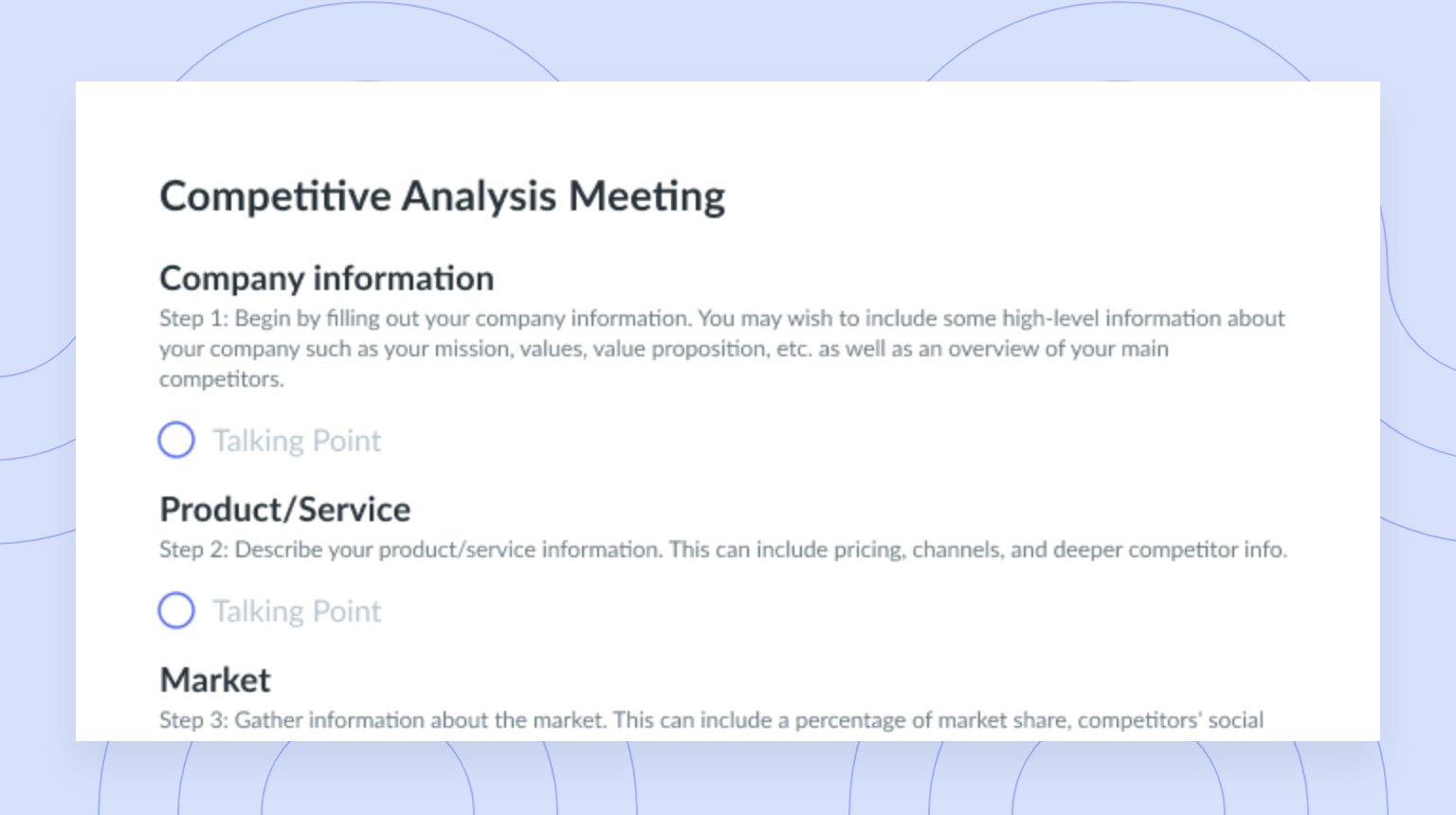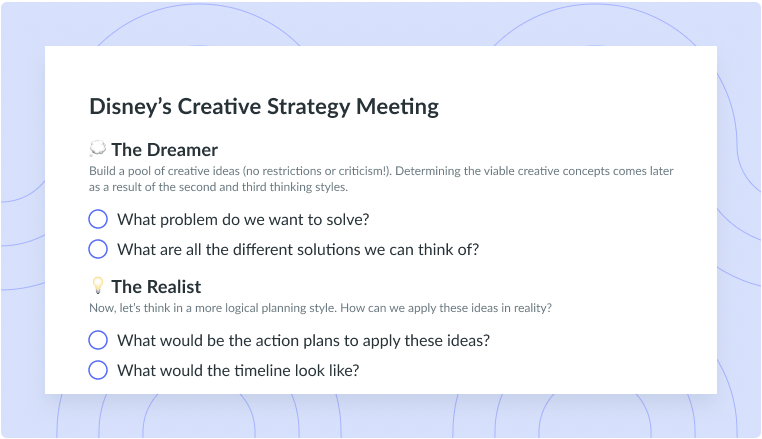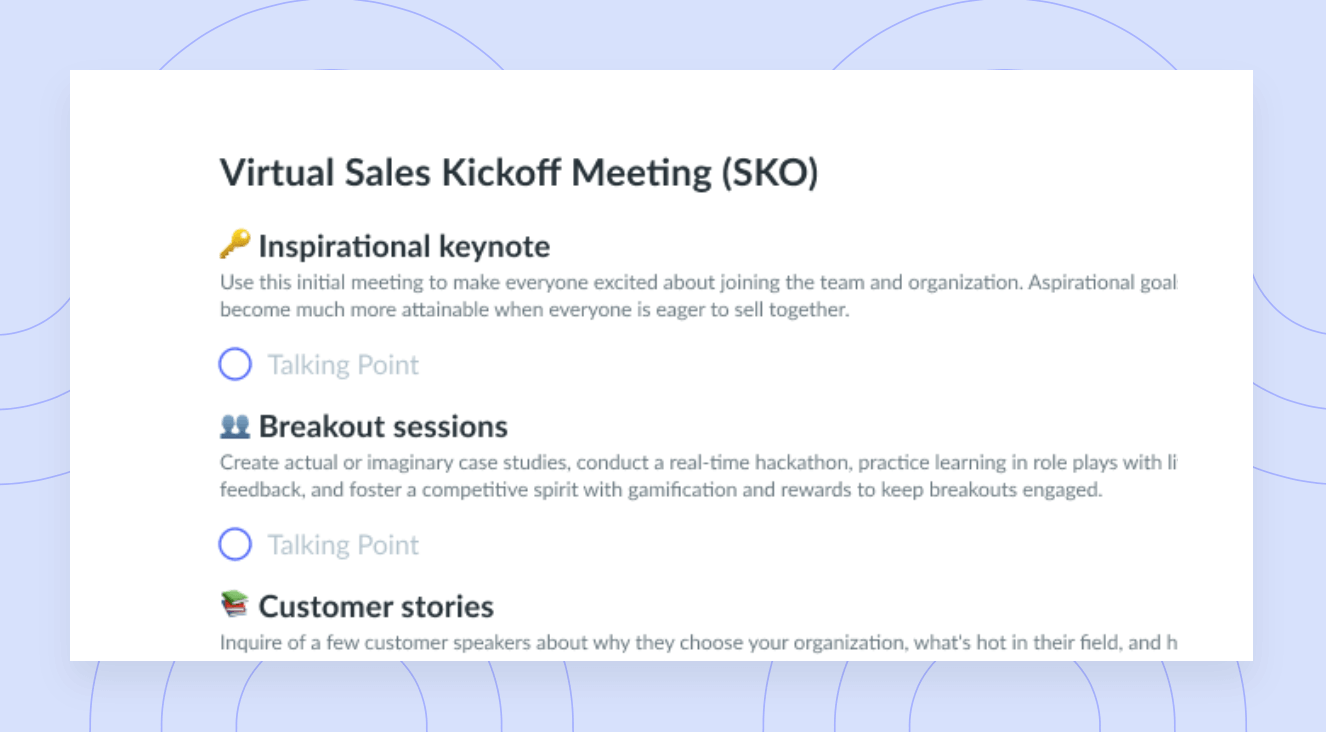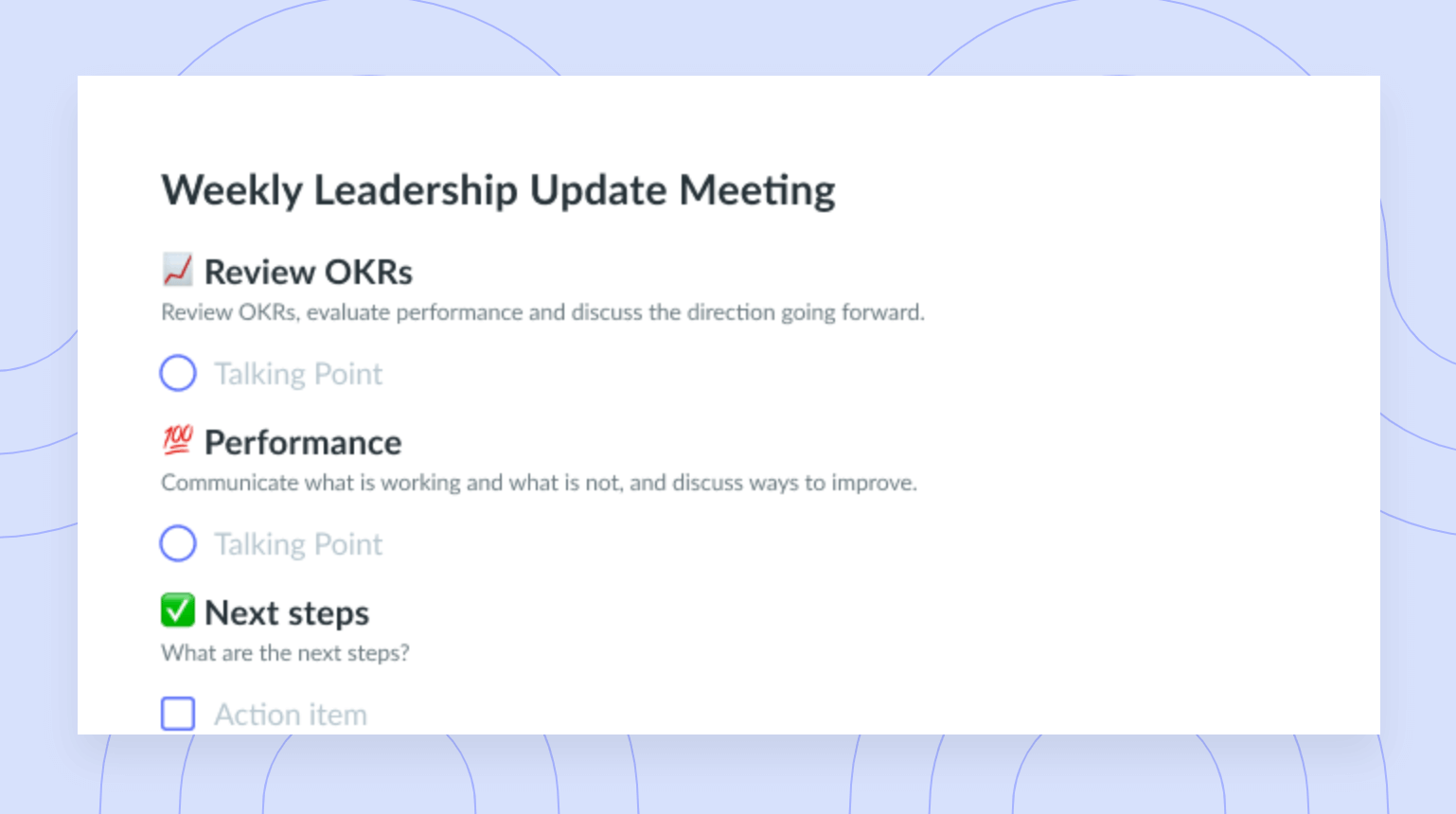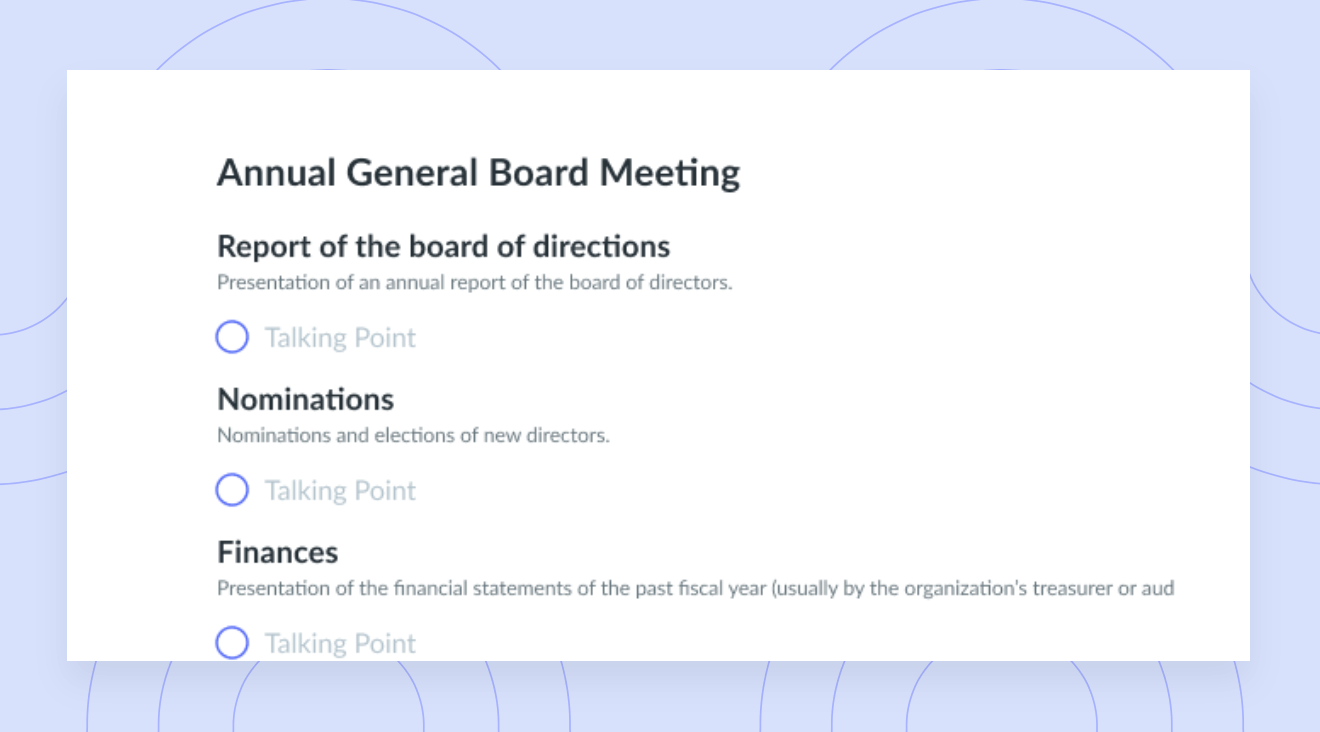Affiliative Leadership: Benefits, Drawbacks & Examples
We are diving into affiliative leadership characteristics you should have, benefits and drawbacks, tips, and more!
A company usually consists of varying types of managers or leaders.
There’s usually someone who comes off overly stern and someone else who is a little more on the creative or eccentric side.
Then there’s the manager who employees feel like they can turn to with their emotions, ask them the tough questions, or never be afraid to knock on their door. That person is usually the affiliative leader within an organization.
This style of leadership is usually referred to as “the carer”, and there are pros and cons to leading a team this way. If you’re interested in becoming the best affiliative leader you can be, Fellow has you covered with characteristics you should have, benefits and drawbacks, tips, and more.
Let’s get to leading with empathy.
- What is Affiliative Leadership?
- Characteristics of Affiliative Leaders
- Benefits of Affiliative Leadership
- Drawbacks of Affiliative Leadership
- 5 tips to become an affiliative leader
- Affiliative Leadership in practice
What is Affiliative Leadership?
Affiliative leadership (one of six emotional leadership styles highlighted by Daniel Goleman) is centred around putting people first. This leadership style is all about promoting positivity, embracing a harmonious workplace, and focusing on team building. Because affiliative leaders adopt a people-first approach, their goal is to attempt to create and sustain a peaceful working environment across all departments.
Affiliative leaders also focus on conflict resolution, while creating personal connections between employees and their managers as a way to further build a sense of community and trust.
When done well, this style of leadership can be especially helpful during high-stress times within an organization.

Build a sense of community
Create a feedback culture, track improvements, and create personal connections with a management and feedback tool like Fellow!
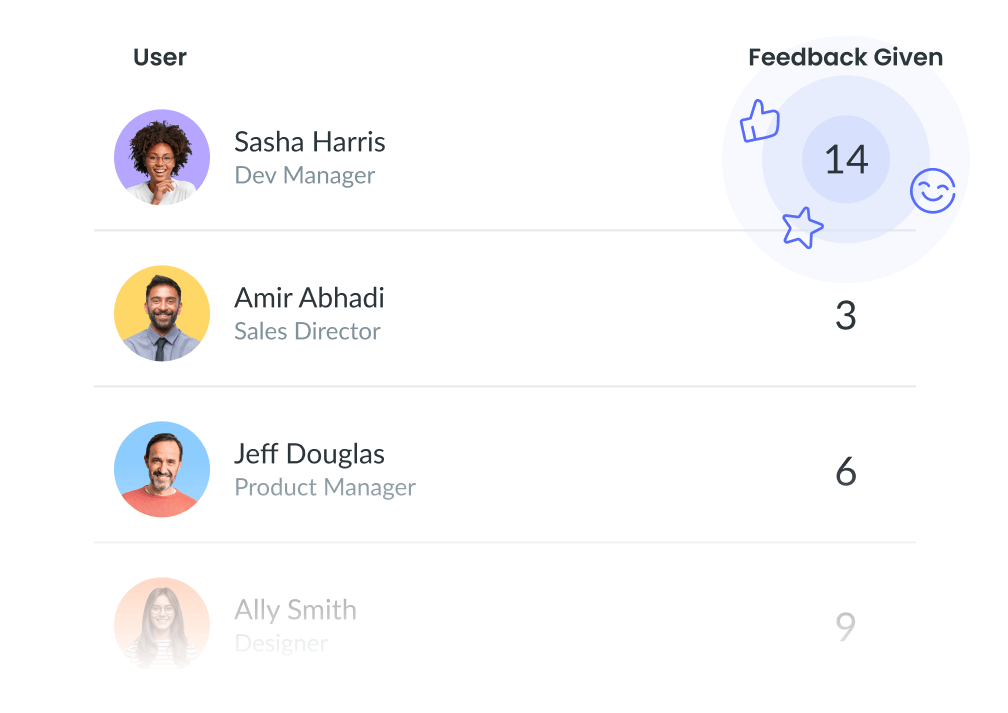
Characteristics of Affiliative Leaders
Affiliative leaders usually have specific characteristics that set them apart from other types of leaders and styles of leadership. These characteristics include:
- A strong people focus
- A good communicator in varying situations
- Creates harmony and focuses on conflict resolution, while focusing on the emotional need of others
- Has an understanding of the needs of others
- A strong sense of empathy
- Promotes a flexible and laid-back working environment
- Focuses on the positive and provides positive feedback and praise
- Build resilience to overcome stressful or impactful events
- Encourages creativity and innovation
Benefits of Affiliative Leadership
Going the route of becoming an affiliative leader has many benefits.
A boost in employee morale
Because affiliative leaders don’t dwell on the shortcomings or failures of the team, they’re always focusing on the positive with constructive feedback on ways to improve. These leaders also give employees the freedom to express their emotions and feelings, which sets them up for success and boosts their confidence and productivity levels. There also isn’t fear of repercussion if an employee does show emotion or hint at how they’re really feeling.
Additionally, employees feel like their leader actually cares about their well-being, happiness, and that they’re rooting for them to succeed. Affiliative leadership promotes a flexible working environment, showing the team that they’re appreciated and that their needs outside of work matter, too.
Build employee trust
When employees know that their leader cares about how they feel and wants them to express their feelings, this naturally builds a trustworthy bond with not only their leader but also the team as a whole. This transparency is crucial to cultivating a strong team that can work together and relies on one another, while also being able to speak up about any issues, concerns, or outside-the-box ideas.
Quicker emotional recovery
Finally, another crucial benefit is that this style of leadership promotes quicker emotional recovery from difficult incidents, like a merger or a reduction in force. Affiliative leaders allow their team to process the news and work through how they’re feeling as they get back to working at their regular pace.
Drawbacks of Affiliative Leadership
On the flip side, there are some disadvantages of affiliative leadership, too.
Overlooked underperformance
For starters, underperformance tends to be overlooked. If an employee is doing less work than they should be or constantly missing deadlines, this type of leader may avoid creating a conflict with that team member and avoid bringing it up or addressing it altogether. This allows the employee to underperform and bring the rest of the team down. If a different team member sees that their colleague is getting by with doing less work, this could cause animosity within the team.
Avoiding constructive criticism
Additionally, affiliative leadership can sometimes mean avoiding constructive criticism, which then leads to a long list of unresolved problems amongst the team. Sometimes this kind of leader is stuck giving only positive criticism, which isn’t always the best route to go down when you need a team member to step up and become more productive or pull their own weight.
Avoiding uncomfortable situations
This type of leader also tends to avoid uncomfortable situations and negative energy altogether because they’re always striving for a happy workplace. This may cause them to wait for a difficult situation or conflict between the team to resolve itself on its own or disappear, instead of confronting the individuals head-on and finding a solution. This behavior is never in the best interest of the organization or the team.
5 tips to become an affiliative leader
If becoming an affiliative leader is something you’re interested in, follow these tips to ensure you’re as effective as possible.
- Use a balanced approach
- Train your team on conflict resolution
- Maintain performance tracking
- Increase flexibility
- Generate team spirit
1 Use a balanced approach
When it comes to giving feedback, stick to a balanced approach. Provide praise when employees do well, but also make sure to give constructive feedback to motivate them to succeed in their performance and day-to-day responsibilities. At the end of the day, reaching organizational goals should be the priority, and if their performance isn’t reflecting that, you’ll need to act accordingly.
2 Train your team on conflict resolution
Conflict resolution shouldn’t 100% be the job of an affiliative leader. Because of this, take the time to train your team on how to resolve their own conflicts in a straightforward and professional manner. This way, you don’t have to spend so much time and energy putting out emotional fires or disagreements.
3 Maintain performance tracking
Don’t let your focus on team building and the emotional well-being of your team blindside you to performance and productivity. Keep track of how your team is performing and let them know of ways they can improve. Don’t let underperformers bring the team down!
4 Increase flexibility
Your team wants creative freedom, so give it to them! Having this flexibility empowers employees to use their imagination to solve problems and reach their goals. This flexibility also promotes a laid-back working environment where people can feel comfortable enough to be themselves.
5 Generate team spirit
When you strive to increase team communication and improve the bond between coworkers, affiliative leadership naturally generates team spirit. Having team spirit gives the organization a boost in employee retention because employees want to stay long-term due to the harmonious atmosphere.
Affiliative Leadership in practice
In order to fully understand affiliative leadership, let’s explore some examples of it in practice.
Let’s say your organization is going through a reduction in force (RIF). This is a challenging time for any type of company, but an affiliative leader can help make it more tolerable. After various colleagues are let go from the team, emotions are running high. Employees may be feeling stressed regarding the added work to their day-to-day load, sad that their friends are out of a job, and scared that it can happen again.
An affiliative leader is who employees will turn to when they need to talk through or discuss these emotions. They know that this individual can be trusted with knowing how they really feel and won’t use these thoughts or feelings against them at a later time.
This type of leader can also assist in communicating why the RIF was necessary and how the company is planning to ensure that another RIF isn’t in the future. This individual may additionally be the go-to person for questions once this information is communicated.
Great leadership wasn’t built in a day
The affiliative leadership style isn’t for everyone, but if those are the characteristics that you have within your skill set, it may be a good fit. Every organization should have one affiliative leader to be a well-rounded place to work.
As you go about being an affiliative leader, keep the potential management mistakes or drawbacks in mind. You may feel inclined to avoid conflict or become worried about how it may look to reprimand someone for poor performance. At the end of the day, you need to have the needs and the best interest of the team, and the organization, in mind.
“Authoritative leaders mobilize people toward a vision. Affiliative leaders create emotional bonds and harmony. Democratic leaders build consensus through participation. Pacesetting leaders expect excellence and self-direction. And coaching leaders develop people for the future. Research indicates that leaders who get the best results don’t rely on just one leadership style; they use most of the styles in any given week.”
– Daniel Goleman









